Say Hello!
Sign In
- Experts Opinion
Why an Incomplete Trek is considered to be a Complete Trek?
When we think about trekking, it usually involves choosing a suitable trek for yourself, finding the proper gear, and you are set to scale a challenging adventure, away from your monotonous city life. An adventure that will give you an adrenaline rush and something to cherish for a lifetime as soon as you ace it. But, the second you step foot on a mountain, especially when it is the daunting Himalayas, you never know what the next bend in the trail brings to you. The Himalayas are as unpredictable as it gets and when they flash a warning, all you can do and all you should do is to press your tail in between your legs and fall back.
Now falls the question of what you describe as a successful trek. We as a company and as passionate adrenaline junkies believe that a trek is not completed once you stand tall on the summit but when you reach home and kiss your loved ones goodnight. Yes, conquering a summit gives you an unmatched sense of achievement, happiness, and self-motivation, but, for the world, you never climbed Everest if you did not come back down.
THE MOUNTAINS WILL ALWAYS BE THERE
Since we are exploring the wilderness, climbing/descending mountains and camping out in the open, the whole experience comprises of a constant companion, nature (its beauty and its wrath). Unlike cities where you have machines and smart technologies to make your life super easy (from setting up your alarm, to reaching offices to cooking and even washing your ass) in the mountains, nature is everything you've got, and nature, unlike machines, doesn't work according to your wishes; especially when it comes to weather. Even though we have the technology to predict weather conditions across the globe, not everyone can be saved of what's about to happen or how harsh the snow and wind is going to get because of the unforeseeable weather conditions which prevail over mountains. Mountains have various natural disasters like avalanches and heavy snowstorms, which can be a big hindrance to your trek and if sadly that happens, there is only one plan, head back to the base camp.
No person/ company/ organization/ government has control over these situations and this does not in any aspect, marks as an incomplete trek. The mountains will always be there and you lived to conquer it some other day.
In many cases, trekkers insist on continuing the journey, even though there might be a risk of a snowstorm or heavy rainfall ahead, but trek leaders know better and they immediately stop the trekkers from going any further. Sometimes an unexpected rainfall brings along with it an unforgiving thunder and believe us, at that moment, a mountain is not a good place to be at. Some people want to take life-threatening challenges while some want to head back home safely, but we need to understand that the whole point of forming groups is to take care of each other and make the right decisions that benefit everybody, therefore the safest option is to always head back and be content that you returned safely and had an adventurous experience. None of us can defy nature, especially when it is at its worst.
The other major reason for not being able to walk the entire trail is physical fitness or falling prey to AMS.
We strongly advise people to start preparing their bodies for a trek at least two months prior to the trek. In a lot of cases, people may be mentally ready to traverse majestic peaks and challenging summits, but their body gives away. And honestly, it isn't easy to trek the Himalayas. Trekking, climbing mountains, living out in the open sky, eating local food and adapting to harsh weather conditions is something which is not a part of our routine and not everyone's body is able to adapt to rapid changes. Most people adapt to these changes as treks for beginners take place for as long as 1 week, so a lot of trekkers complete their summits and return home healthy, but you can never tell when your body will fall prey to nature's fury, so some unfortunate people are unable to complete their treks and it is heartbreaking because no one likes to give up, no one wants to come back mid-way, so it is very difficult to that the decision to leave a trek in between.
Altitude Mountain Sickness (AMS) is a great cause of distress among the mountaineers it causes dizziness, nausea, headache. It occurs when your body is unable to acclimatize to the weather and you must immediately descend because this can turn into a fatal accident.
Sometimes your body is in full support, but your mind just isn't ready to work. A lot of people lose the will power to move forward and health conditions can be put to test. At higher temperatures, oxygen levels decrease rapidly and it can be a cause for asthma patients and normal people as well, this can be a barrier for you to climb the trek with success because lack of oxygen will directly affect your brain and this can be fatal as well. Therefore, immediately terminate the trek if you find it hard to breathe.
Teamwork is an important factor when it comes to trekking. The trek group is your family and the trek leader, your guide who makes the best decision for you. Make sure you get to know everybody in the group, and they get to know you; create a bond that will remain strong for the rest of your venture out in the wild. People often make friends which last for a lifetime, the different cultures, values, and knowledge combines and gives you a wholesome experience of socializing and adventure. It is practically a family, where no one is related by blood, only good virtue, and care! Therefore every trek whether complete or not will always give you memories and adventure to cling on for a lifetime.

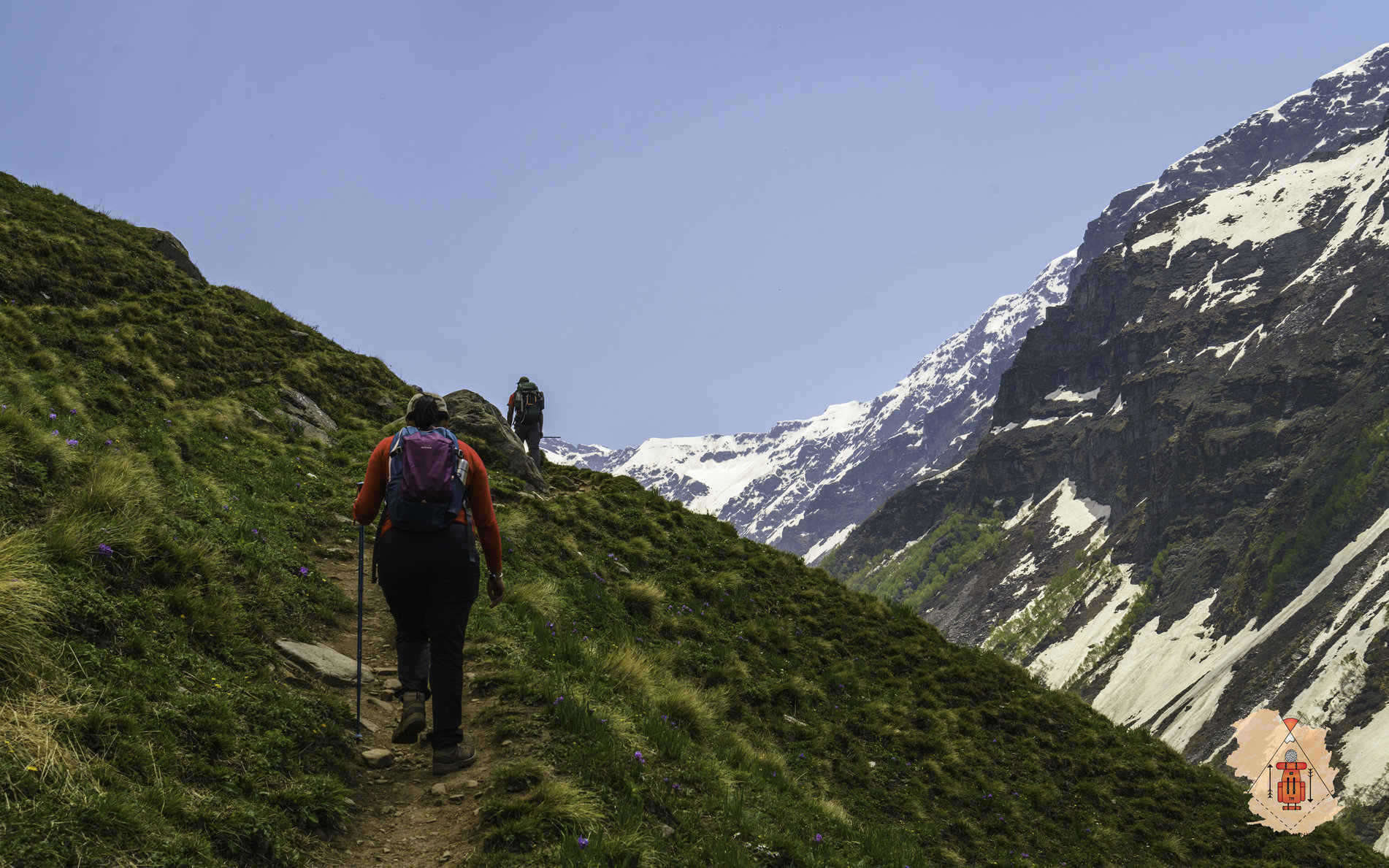
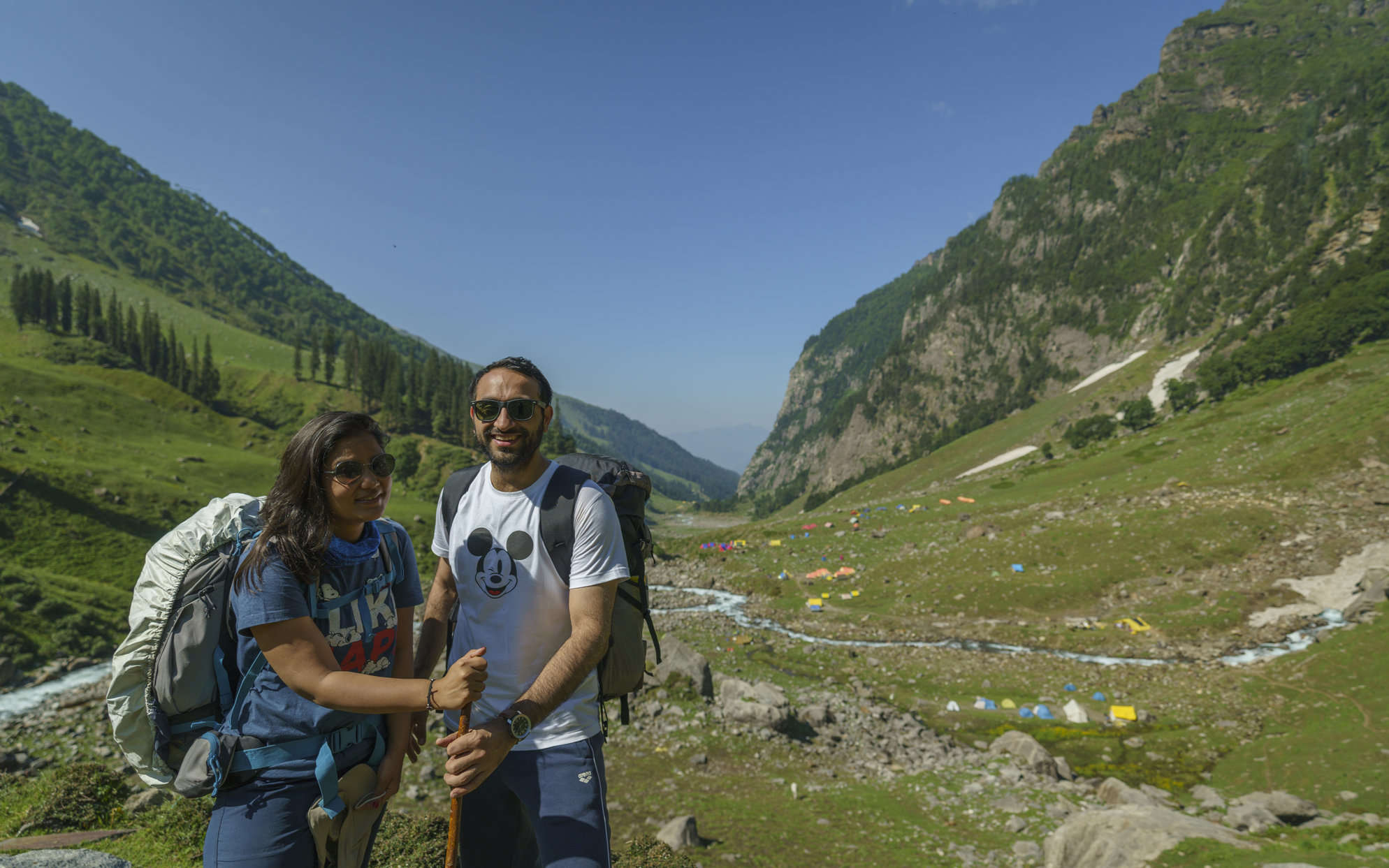
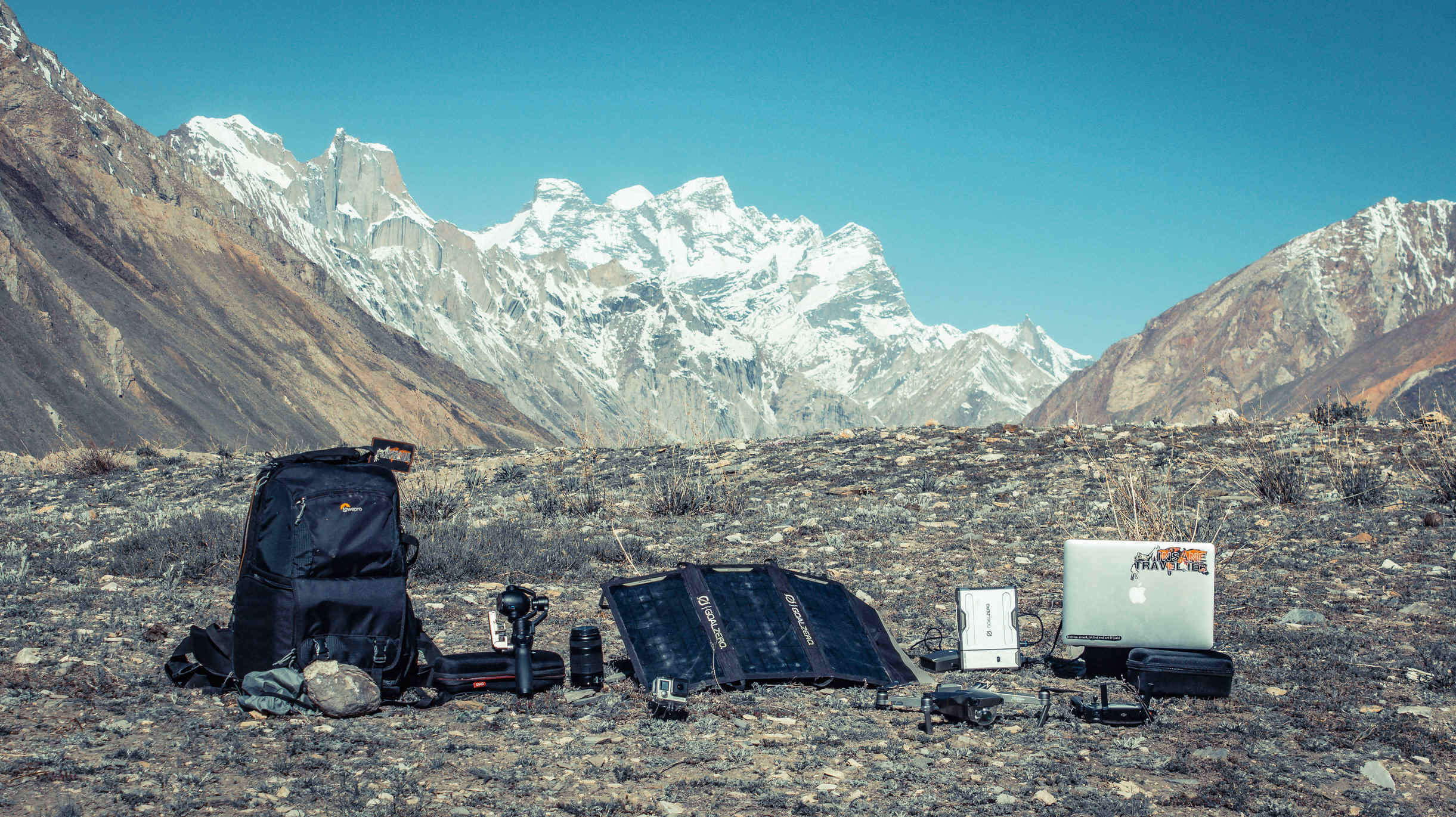
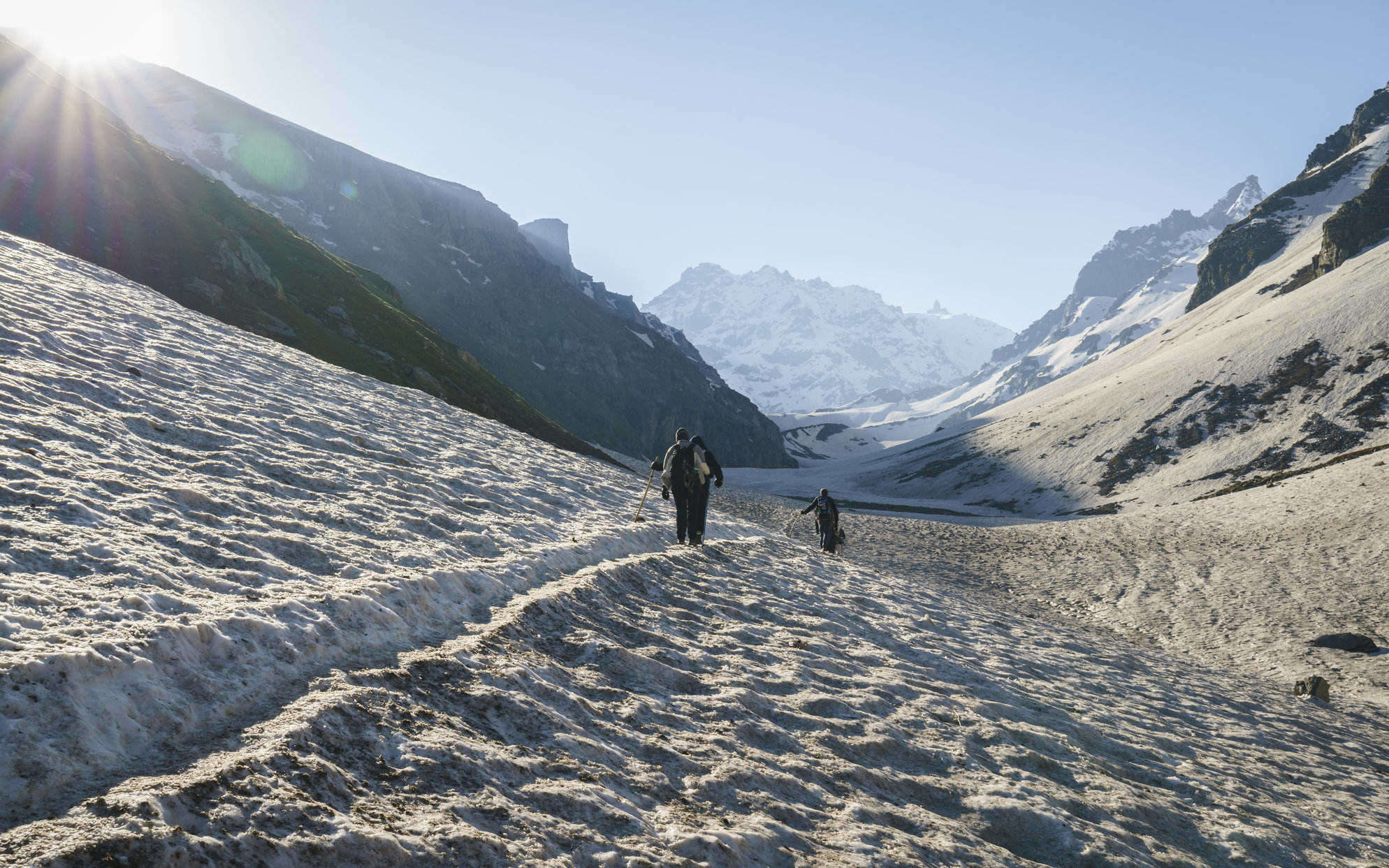
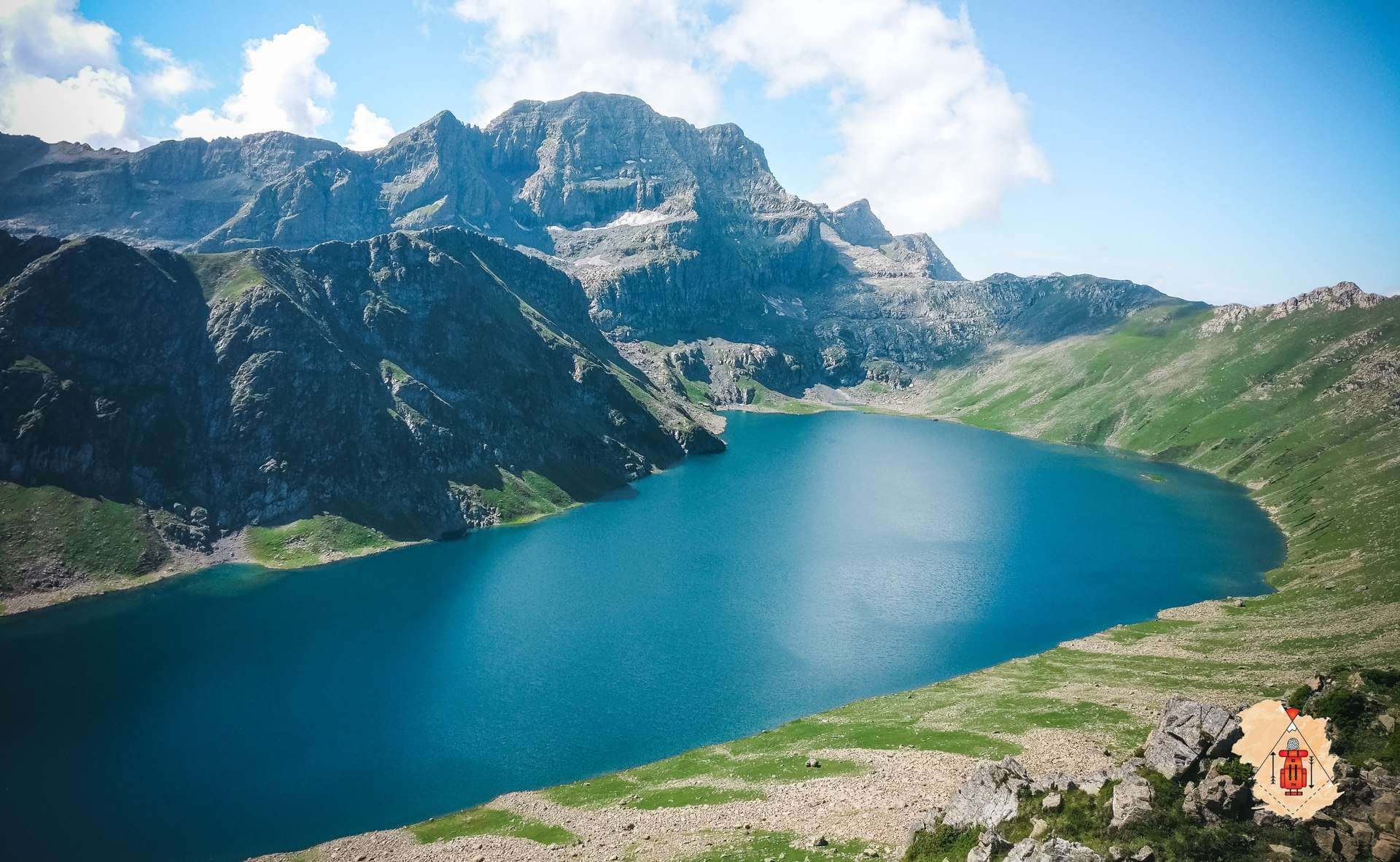
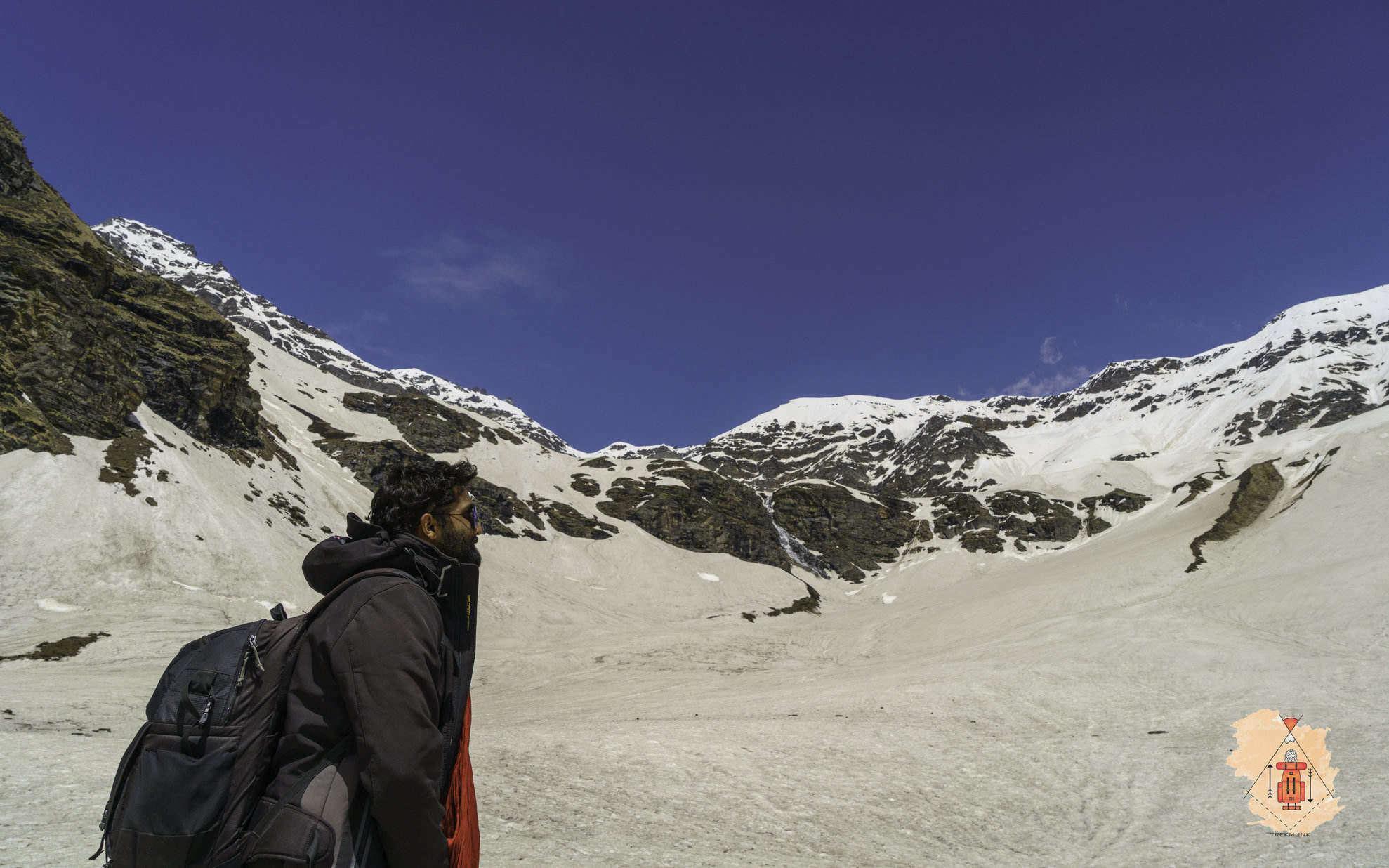
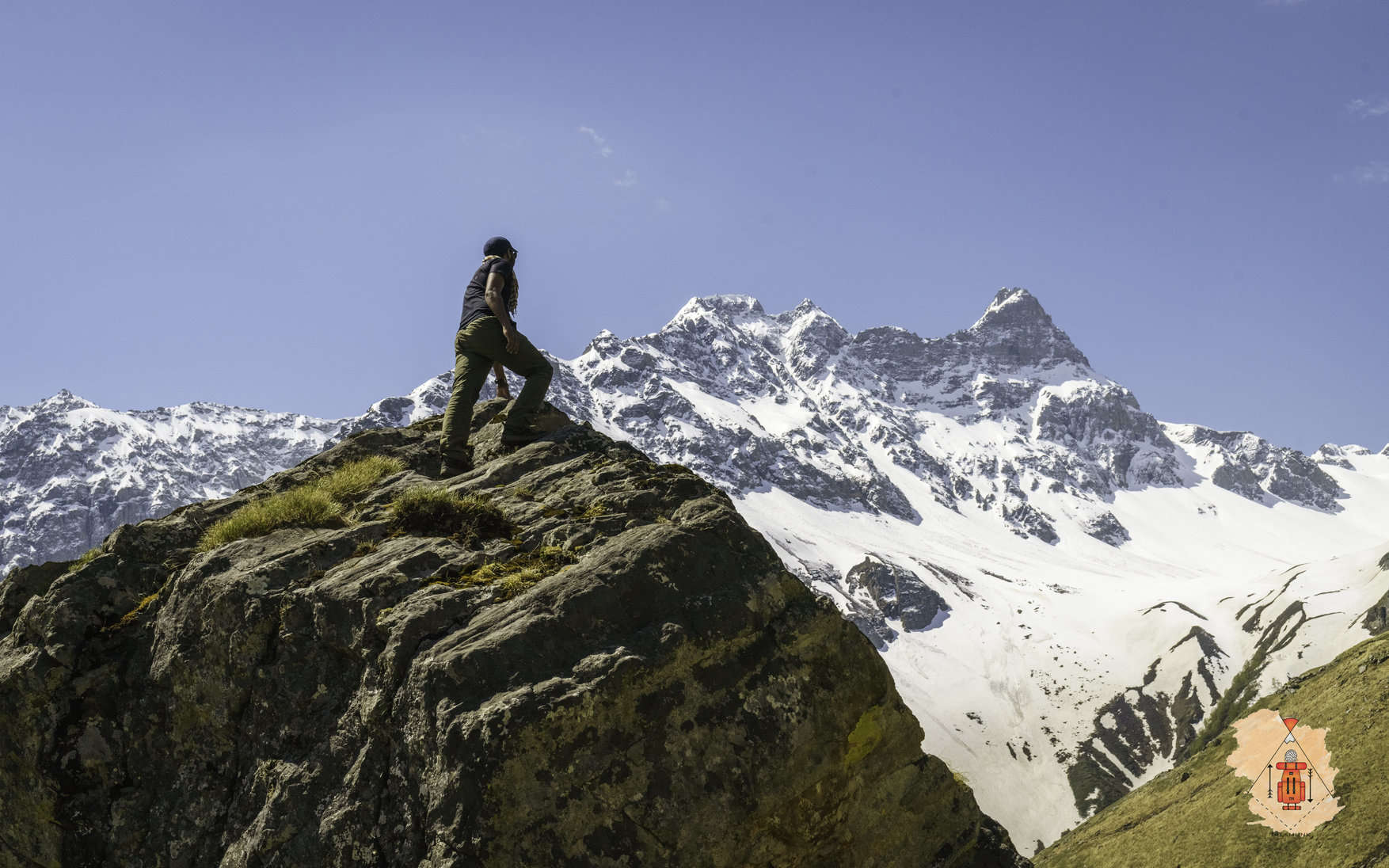
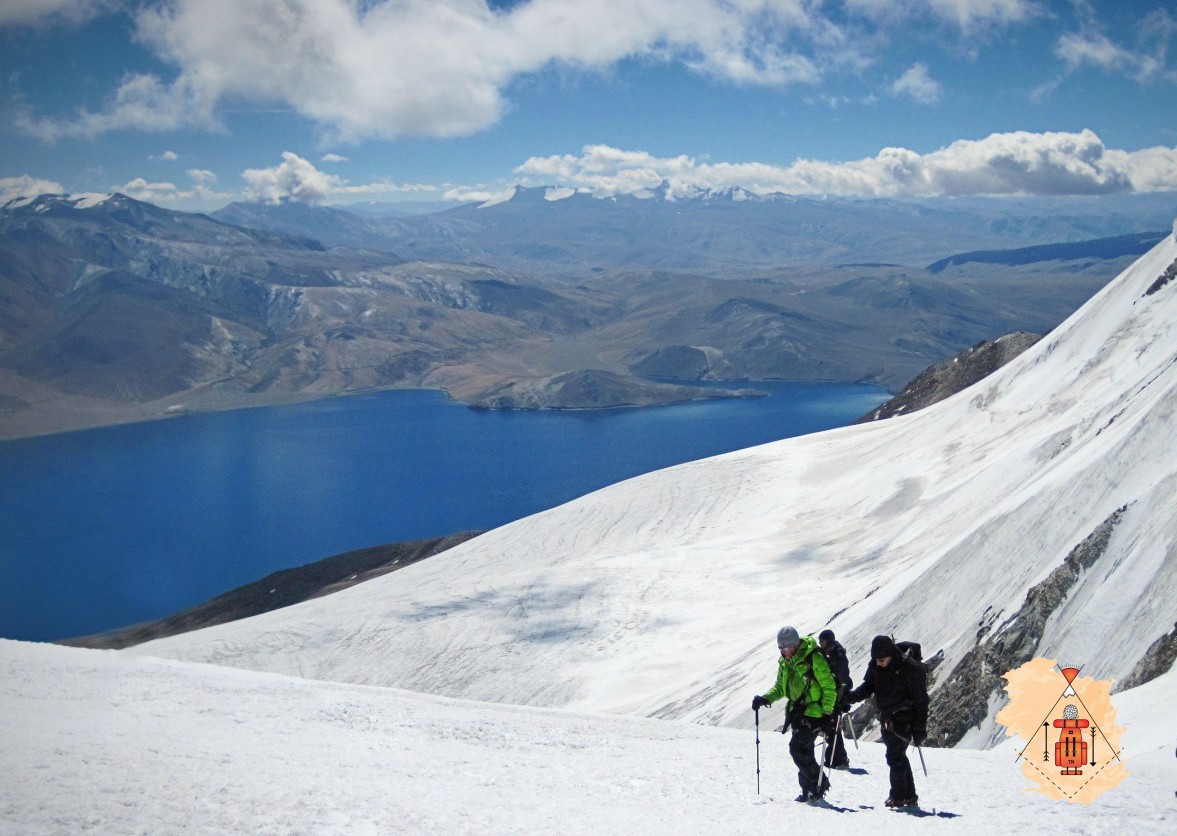
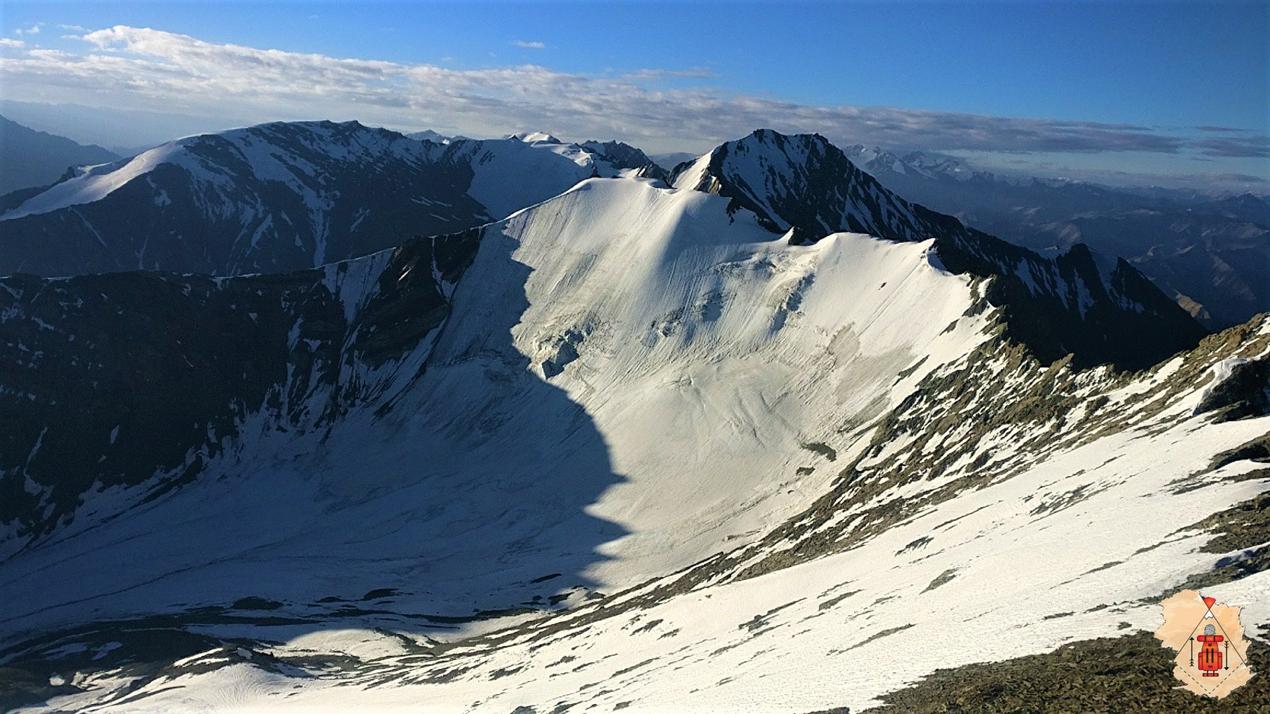
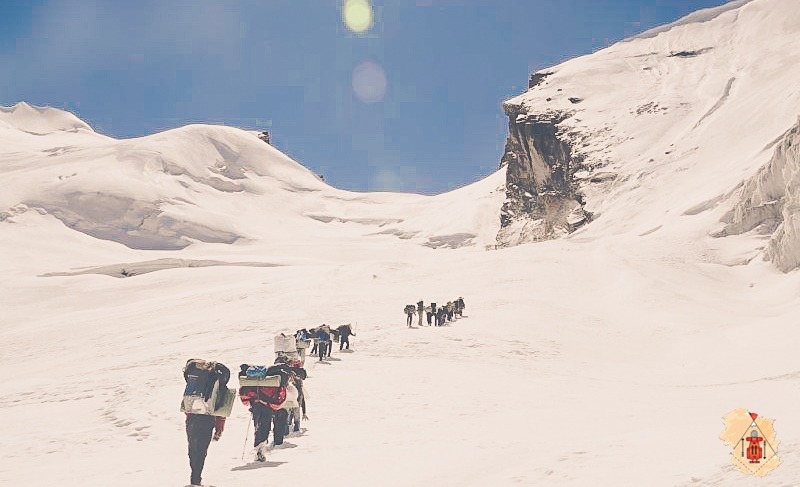

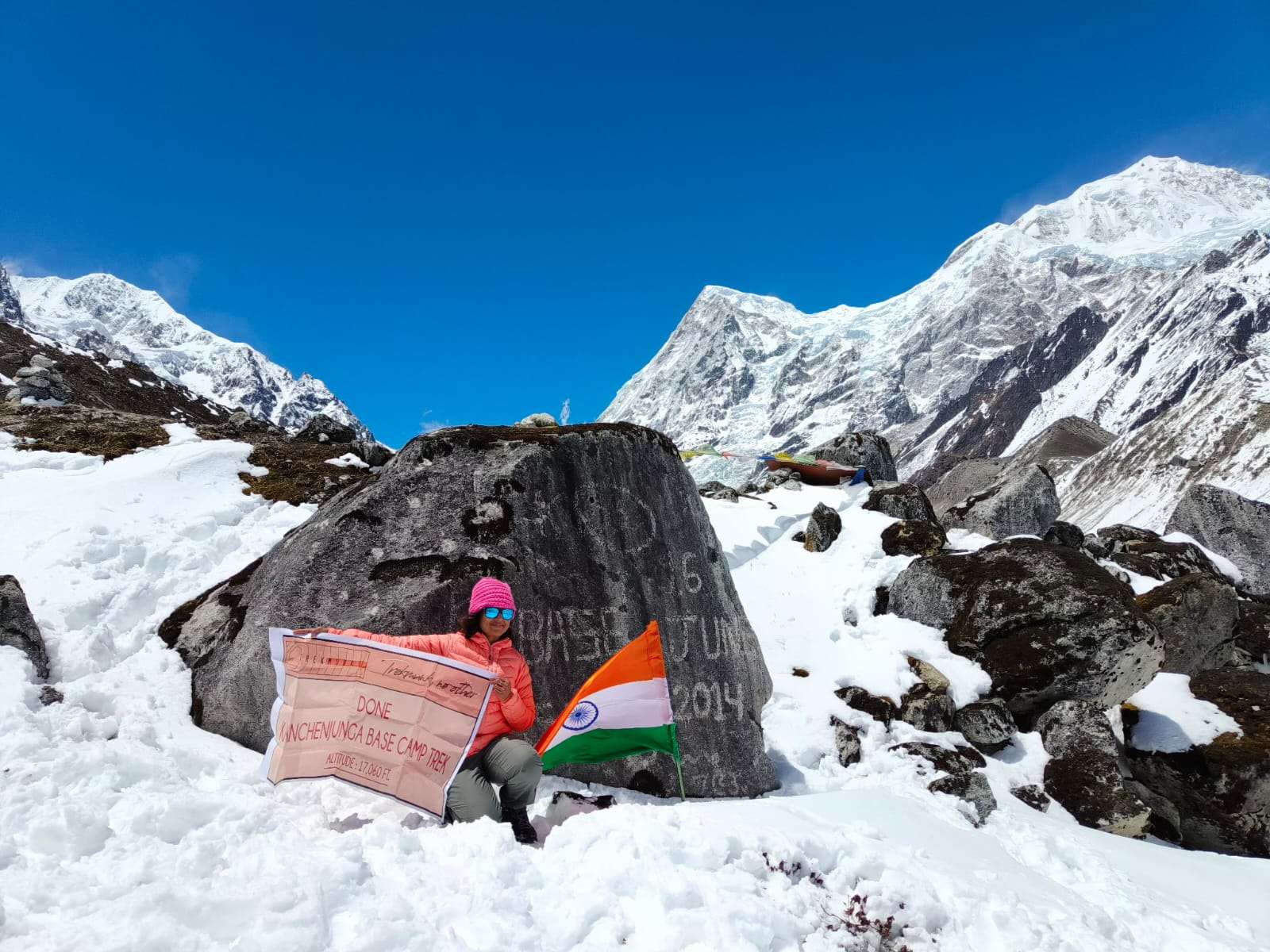
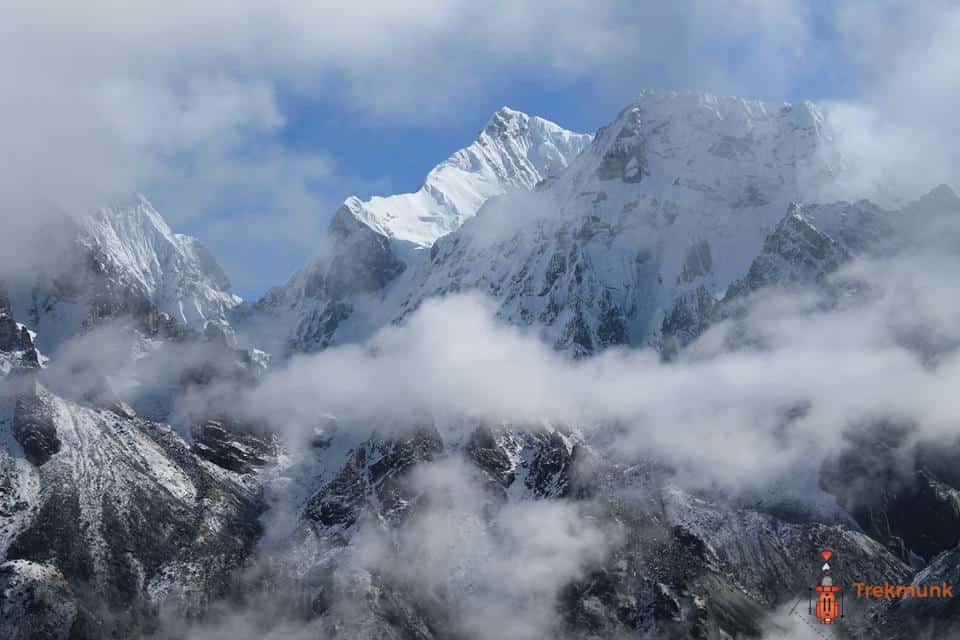
Oshank Soni : Co-Founder at Trekmunk. Has travelled to 28 Indian States, has led more than 50 high altitude treks in the Indian Himalayas. He is an Investment Banker by profession but a traveller by passion. He has led treks in Kashmir, Ladakh, Uttarakhand, Himachal Pradesh, West Bengal, Sikkim and Nepal. He is a NOLS certified First Aid Responder. Chasing the sun is his full-time job, a Storyteller, Travel photographer and Videographer at Insane Traveller Productions.